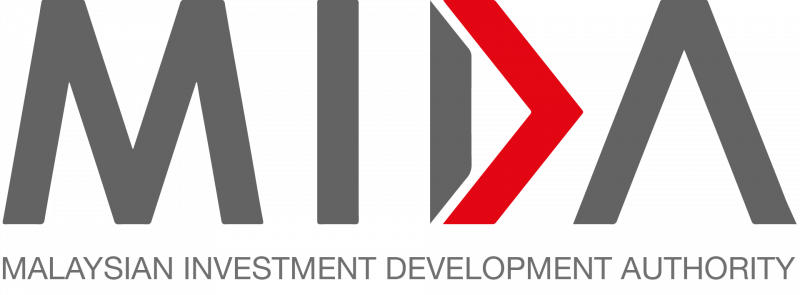Investors in the Johor-Singapore Special Economic Zone (JS-SEZ), will enjoy new tax incentive packages announced by the Johor state government and Finance Ministry.
Menteri Besar Datuk Onn Hafiz Ghazi said the tax incentive package that took effect on Jan 1, aims to position Johor as a premier destination for high-value investments and bolster economic ties with Singapore.
Investors in JS-SEZ are eligible for suite incentives that include a special corporate tax rate of five per cent for up to 15 years for companies investing in advanced sectors such as Artificial Intelligence (AI), quantum computing, medical devices, aerospace manufacturing, and global services hubs.
The prevailing corporate tax rate in Malaysia stands at 24 per cent. However, companies in the selected sectors typically enjoy special tax rates on a case-by-case basis.
Eligible knowledge workers in the JS-SEZ will enjoy a 15 per cent income tax rate for 10 years, while businesses in flagship areas will receive bespoke incentives.
He said tailor-made incentives were also allocated to certain businesses operating in flagship development focus areas.
“The collaboration between the Johor and the Madani governments allowed for this transformative package in JS-SEZ, to ensure it’s a strong foundation to attract quality investments.
“This initiative solidifies Johor’s position as a key trade and maritime hub,” he said in a statement today
He added the JS-SEZ incentive provided the much-needed stimulus to elevate Johor’s standing on the global investment map.
In addition to the tax incentive package, the government also agreed to introduce lower entertainment duties, beginning Jan 1.
Meanwhile, Finance Minister II Senator Datuk Seri Amir Hamzah Azizan said the JS-SEZ will be a driving force in Malaysia’s economic growth.
“The package exemplifies the government’s commitment to making Malaysia a top investment destination.
“It leverages Johor’s strategic location and synergy with Singapore to create high-income jobs and attract global businesses,” he said.
The JS-SEZ tax incentives are additional to existing incentive packages offered and complement the New Investment Incentive Framework (NIIF) introduced in Budget 2025 by Prime Minister Datuk Seri Anwar Ibrahim.
The framework seeks to promote sustainable, high-value industries to achieve equitable economic growth nationwide.
To streamline the investment process, the Invest Malaysia Facilitation Centre Johor (IMFC-J) has been established to provide end-to-end support, including applications, approvals, and reinvestments.
The JS-SEZ agreement, witnessed by Anwar and Singapore Prime Minister Lawrence Wong during the 11th Malaysia-Singapore Leaders’ Retreat, reflected the deep bilateral ties and partnership between the two nations.
Further details on the flagship zones and incentives are expected to be announced soon.
Source: NST
Johor-Singapore SEZ: New incentive package to attract high-value investments
Content Type:
Duration:


